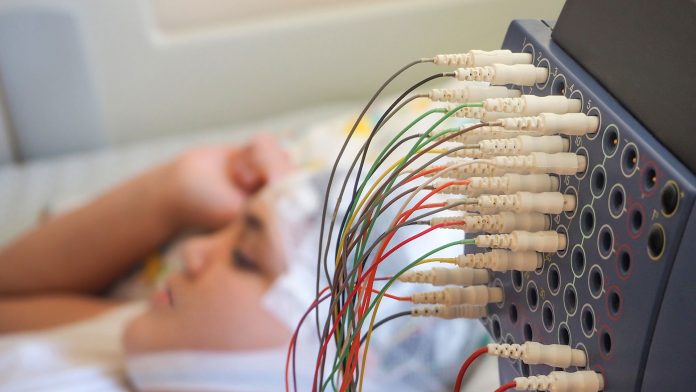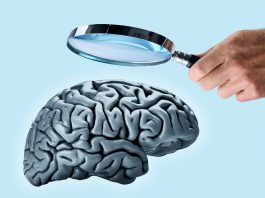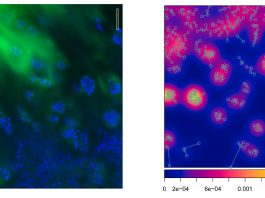A spinout company from the University of Birmingham, named Neuronostics, has received funding to develop an AI-based system which increases the accuracy of epilepsy diagnoses and allows healthcare professionals to monitor patient responses to treatment.
Neuronostics’ BioEP system creates mathematical models of the human brain using short segments of electroencephalogram (EEG) recordings. These computer simulations successfully increase the accuracy of epilepsy diagnoses and rapidly predict the likelihood of seizures based on the BioEP seizure risk score.
Professor John Terry, co-founder of Neuronostics, aims to improve epilepsy diagnoses and the treatment of its sufferers. He explains: “We build personalised models of the brain using EEG that is routinely collected when seeking to diagnose epilepsy. From these models the risk of epilepsy can be quickly determined. In contrast, multiple EEG recordings are often required to reach a clinical diagnosis at present. This is expensive, time-consuming, and exposes people with suspected epilepsy to risk.”
Funding from the UK Government
Neuronostics recently received funding from the National Institute for Health Research (NIHR) as part of the NIHR’s AI in Health and Care Award launched by the UK Government. The company has secured two separate grants: The first award, worth £720,000, will allow Neuronostics to develop BioEP and distribute it to clinics. The second award, of £150,000, will fund the development of a smart-phone app, capable of receiving data from a wireless EEG headset. This app will enable patient recorded EEGs, allowing them to generate a BioEP score using their smartphone.
Prior to receiving this funding, Neuronostics demonstrated the clinical utility of the BioEP seizure risk score in a cohort of people with idiopathic generalised epilepsy. Using just 20 seconds of an EEG recording, which would now be considered inconclusive to clinical diagnosticians, BioEP achieved 72% diagnostic accuracy. This matches the accuracy achieved in the current diagnostic pathway, which typically takes a year, and involves multiple follow-ups.









